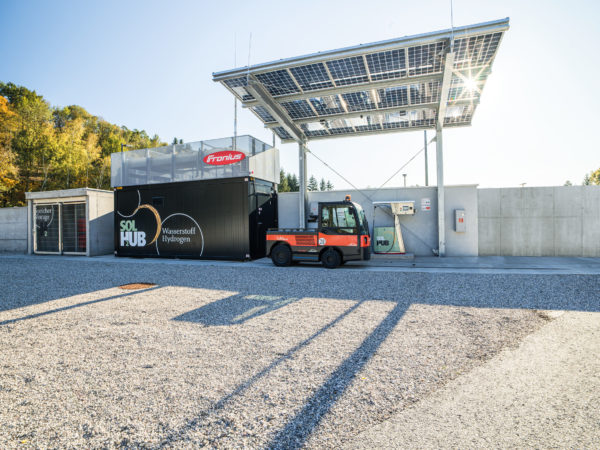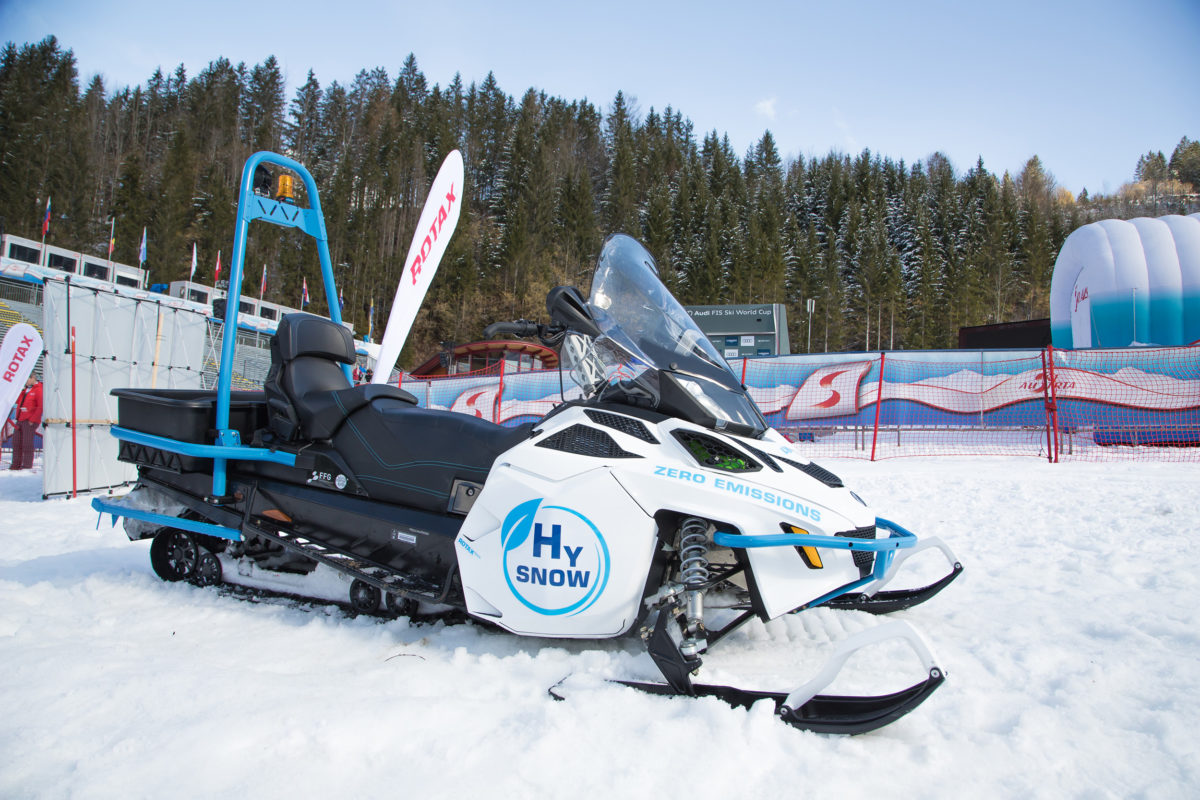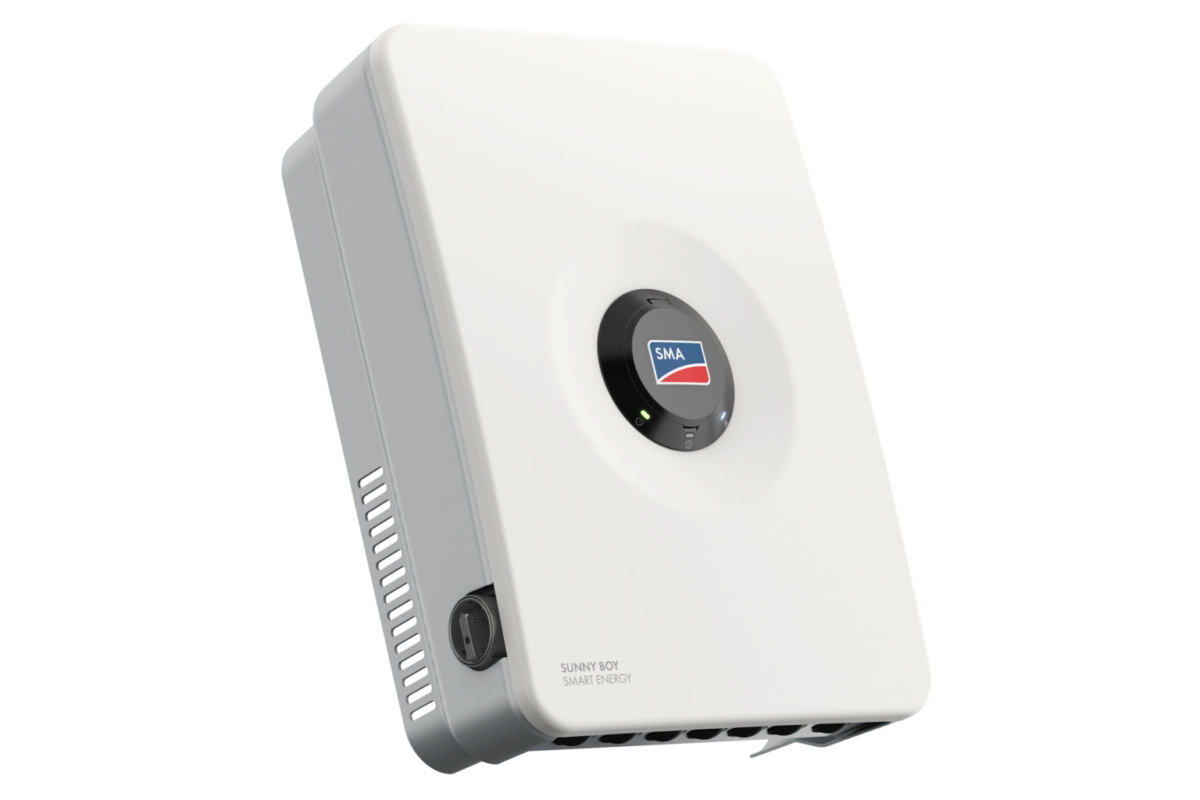Winter tourism, arguably more than any other form, is particularly prone to the effects of climate change, as sub-zero temperatures and plenty of snow are prerequisites.
In Austria, one of Europe’s most popular winter sport destinations, a consortium led by Canadian-owned BRP-Rotax has presented a green hydrogen solution for snowmobiles.
‘HySnow’ is a four-year project which will see the Austrian engine maker and its consortium partners explore the possibilities of decarbonizing winter tourism. The other companies involved are welding, PV and battery charging company Fronius International; hydrogen storage business HyCentA Research; the Institute of Electrical Measurement and Measurement Signal Processing at TU Graz; energy efficiency business ECuSoL; and winter sports operator Hinterstoder-Wurzeralm Bergbahnen, all from Austria; plus German car parts company ElringKlinger.
The partners modified BRP Lynx 69 Ranger snowmobiles to guzzle hydrogen rather than gas thanks to a combination of fuel cells and electric motors. The green hydrogen to power the vehicles comes from Fronius’ Solhub turnkey hydrogen solution, which features a 34.5 kW solar array, two inverters, an electrolyzer, storage tanks and a fueling system.
The Solhub can power other fuel cell vehicles or generate electricity during the summer, when the snowmobiles are idle, plus its waste heat can be harnessed for space and water heating. Fronius says its Solhub uses a polymer electrolyte membrane (PEM) electrolyzer and can generate up to 52kg of purity-grade-5.0 hydrogen daily. The system can be scaled, Fronius added.

Image: Fronius
The Austrian inverter maker launched the Solhub and modified snowmobiles at the Hinterstoder-Wurzeralm ski resort during an FIS World Cup skiing event last month.
“At Fronius, we are certain that green hydrogen represents a sustainable alternative to fossil fuels for mobility,” said Martin Hackl, head of solar energy at the company. “With our multiple award-winning Fronius Solhub1, we have already developed a complete turnkey solution for decentralized hydrogen production, storage and supply which is available immediately.”
Municipalities, companies and other organizations with a vehicle fleet can produce green hydrogen using the Solhub, said Fronius, especially if they have sufficient roofspace to host solar panels.
The HySnow project is funded by the Austrian Research Promotion Agency and the nation’s Climate and Energy Fund.
Sustainability in solar and storage
This content is protected by copyright and may not be reused. If you want to cooperate with us and would like to reuse some of our content, please contact: editors@pv-magazine.com.




By submitting this form you agree to pv magazine using your data for the purposes of publishing your comment.
Your personal data will only be disclosed or otherwise transmitted to third parties for the purposes of spam filtering or if this is necessary for technical maintenance of the website. Any other transfer to third parties will not take place unless this is justified on the basis of applicable data protection regulations or if pv magazine is legally obliged to do so.
You may revoke this consent at any time with effect for the future, in which case your personal data will be deleted immediately. Otherwise, your data will be deleted if pv magazine has processed your request or the purpose of data storage is fulfilled.
Further information on data privacy can be found in our Data Protection Policy.